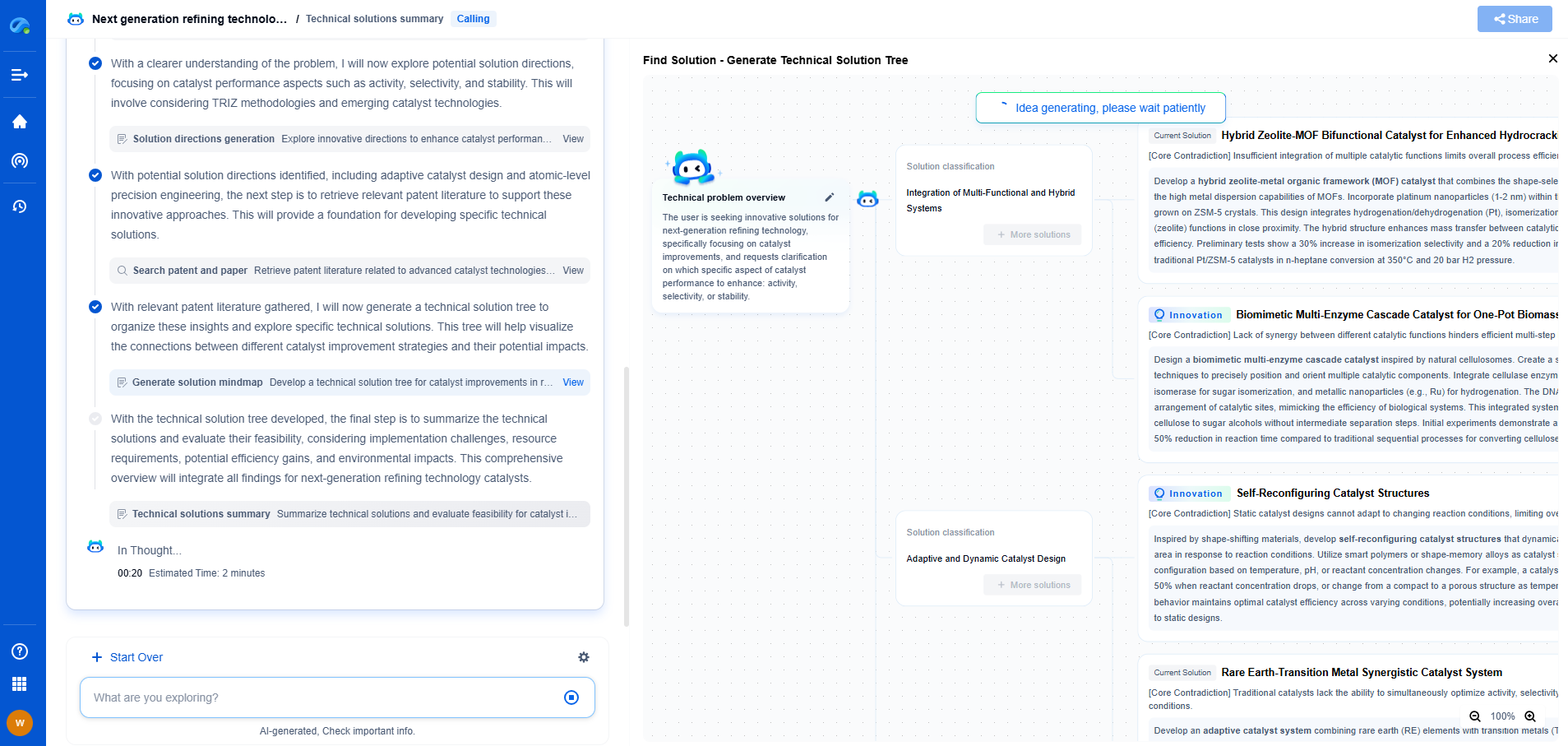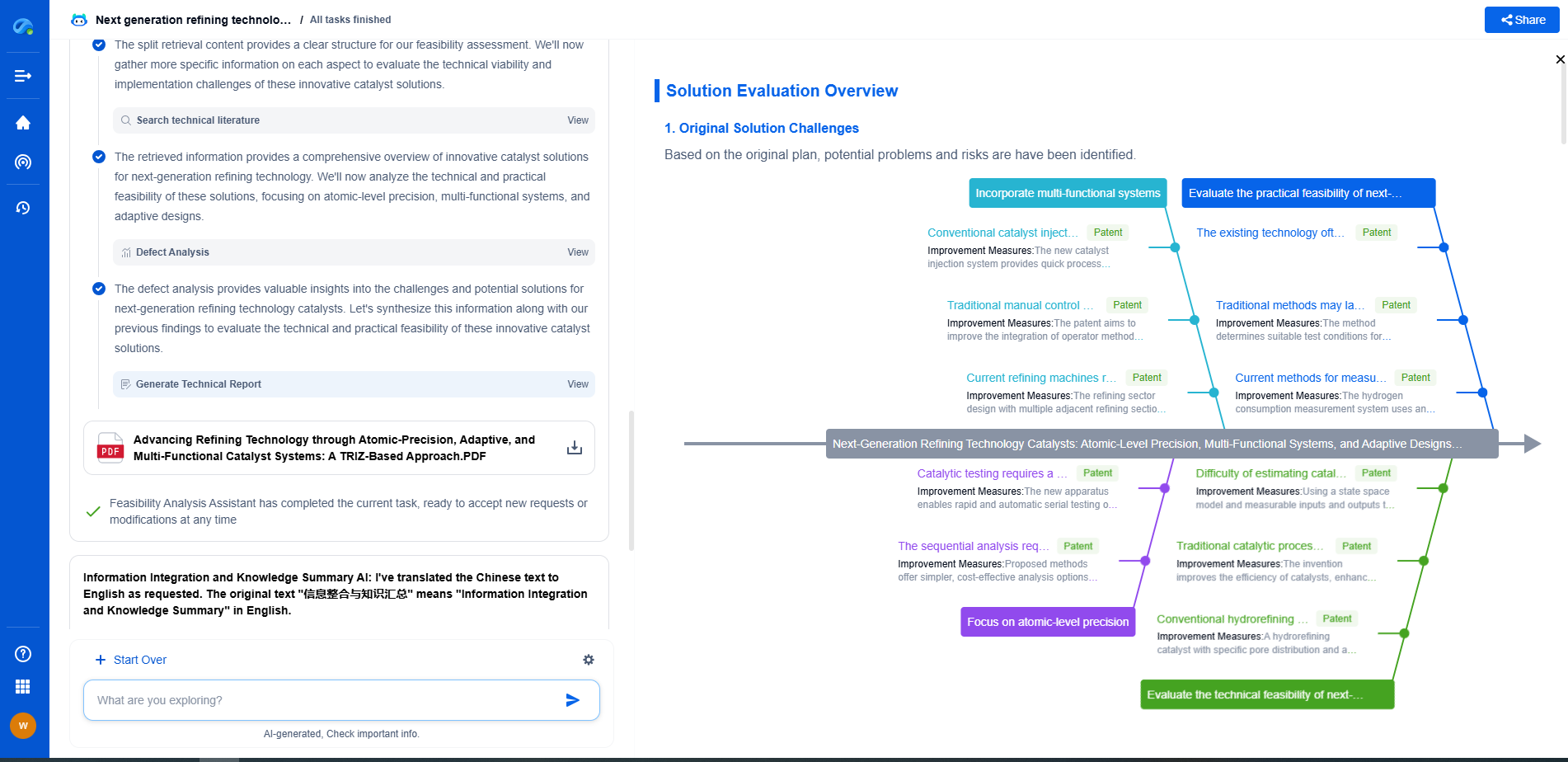Bicycle Gearing Systems: Traditional Derailleurs vs. Electronic Shifting
JUL 2, 2025 |
Bicycle gearing systems play a crucial role in shaping your riding experience. They affect how efficiently you can climb hills, accelerate, and maintain a comfortable cadence on various terrains. Two primary types of gearing systems dominate the market: traditional derailleurs and electronic shifting systems. Each has its unique advantages and considerations, making it essential to understand their differences when choosing the right system for your biking needs.
Traditional Derailleurs: A Timeless Mechanism
Traditional derailleur systems have been the backbone of bicycle gearing for decades. These mechanical systems use a combination of levers and cables to move the chain between gears, usually mounted on the rear and sometimes the front of the bike. The appeal of traditional derailleurs lies in their simplicity and reliability. Riders have relied on these systems for their robust performance and ease of maintenance.
One of the key advantages of traditional derailleurs is their cost-effectiveness. As they are typically less expensive than electronic systems, they are an attractive option for budget-conscious cyclists. Additionally, most mechanics are familiar with these systems, making repairs and adjustments straightforward and accessible.
However, traditional derailleurs are not without their challenges. They require regular maintenance to keep the cables properly tensioned and the system running smoothly. Riders also need to develop a feel for the shifting process, which can be challenging for beginners. Weather conditions such as mud, rain, or snow can negatively impact performance, as the exposed components may become clogged or corroded over time.
Electronic Shifting: The Modern Alternative
Electronic shifting systems represent the latest evolution in bicycle gearing technology. By using electronic signals instead of mechanical cables, these systems offer precise and effortless gear changes at the push of a button. This innovation has made riding smoother and more enjoyable, especially for those who frequently change gears on varied terrain.
One of the standout features of electronic shifting is its precision. The system provides exact, consistent shifts every time, reducing the likelihood of mis-shifts or dropped chains. This is particularly beneficial in competitive racing scenarios where every second counts. Moreover, electronic systems often allow for programmable shifting patterns, giving riders the ability to customize their riding experience based on personal preferences or specific conditions.
Another advantage of electronic shifting is its low maintenance. Once set up, there are no cables to stretch or adjust, and the sealed components are less susceptible to dirt and moisture. However, it is crucial to ensure the battery is charged, as electronic systems rely on power to function. This can be a drawback for some, as an unexpected dead battery during a ride can leave you without the ability to change gears.
Comparing the Two: Which is Right for You?
Choosing between traditional derailleurs and electronic shifting systems depends on various factors, including personal preferences, budget, and riding style. Traditional derailleurs might be more suitable for those who prefer a simple, cost-effective solution and who do not mind regular maintenance or are comfortable with the mechanical nuances of gear shifting.
Conversely, electronic systems are ideal for riders looking for cutting-edge technology and a seamless shifting experience. They are particularly advantageous for competitive cyclists or those who frequently ride in conditions demanding quick and precise gear changes. The convenience and customization of electronic systems can outweigh their higher initial cost and the need for battery management.
Conclusion
Both traditional derailleurs and electronic shifting systems have their places in the cycling world, each offering distinct benefits that can significantly enhance your riding experience. By considering your cycling habits, budget, and mechanical preferences, you can make an informed decision that aligns with your biking goals. Whether you opt for the reliability of a traditional system or the modern efficiency of electronic shifting, the key is choosing a setup that keeps you riding smoothly and enjoying every moment on your bike.
Boost Innovation in Gears & Transmissions with Patsnap Eureka
Whether you're designing a next-gen planetary gearbox or optimizing gear tooth profiles for noise reduction, keeping up with the fast-evolving landscape of mechanical transmissions requires more than just experience—it takes insight, speed, and smart tools.
Patsnap Eureka, our intelligent AI assistant built for R&D professionals in high-tech sectors, empowers you with real-time expert-level analysis, technology roadmap exploration, and strategic mapping of core patents—all within a seamless, user-friendly interface.
Whether you're streamlining a manual transmission system or exploring electromechanical actuation, Patsnap Eureka helps your team move from concept to novelty faster than ever.
👉 Experience Eureka in action—request a personalized demo today and see how AI can revolutionize your gear innovation workflows.
- R&D
- Intellectual Property
- Life Sciences
- Materials
- Tech Scout
- Unparalleled Data Quality
- Higher Quality Content
- 60% Fewer Hallucinations
Browse by: Latest US Patents, China's latest patents, Technical Efficacy Thesaurus, Application Domain, Technology Topic, Popular Technical Reports.
© 2025 PatSnap. All rights reserved.Legal|Privacy policy|Modern Slavery Act Transparency Statement|Sitemap|About US| Contact US: help@patsnap.com

